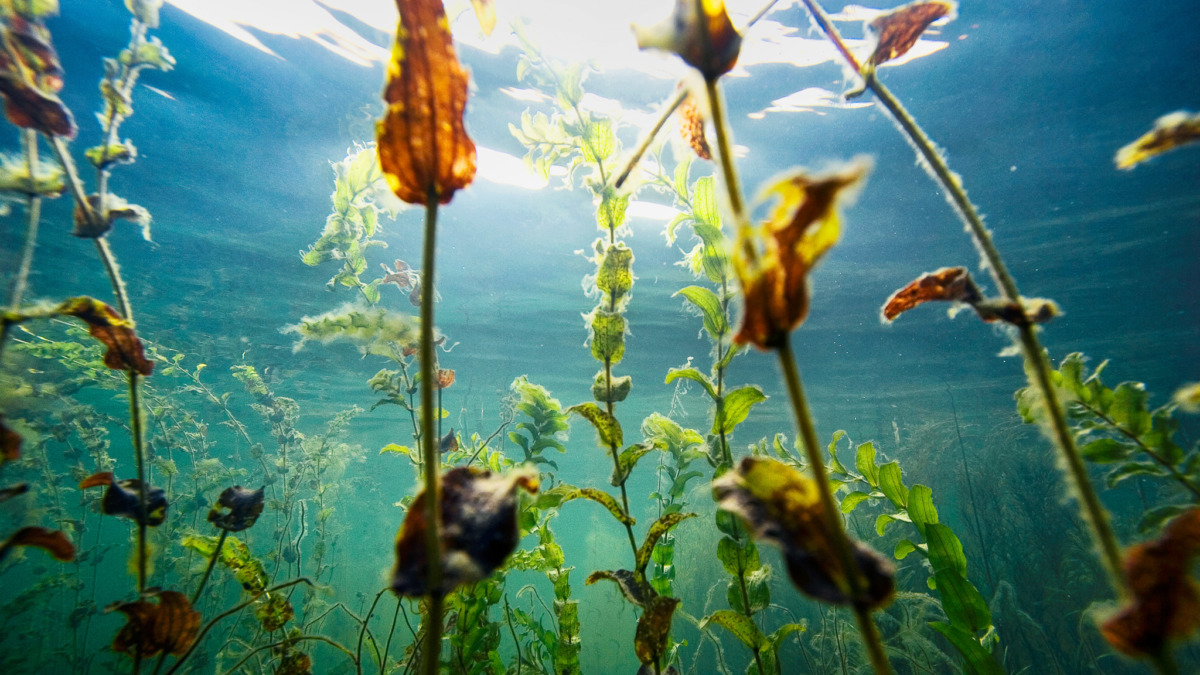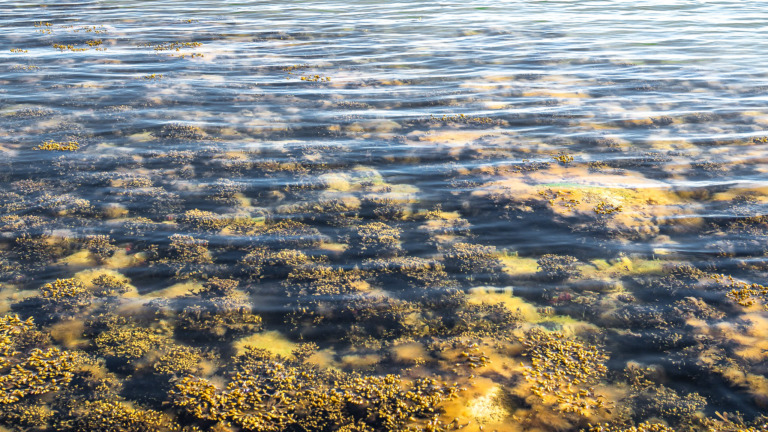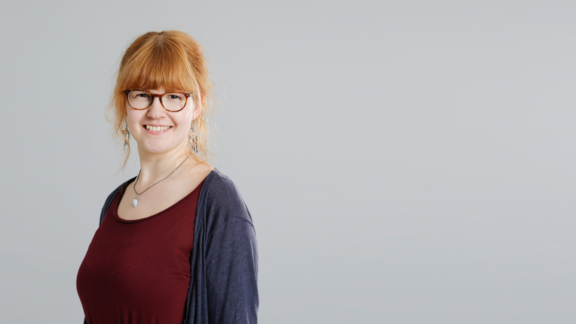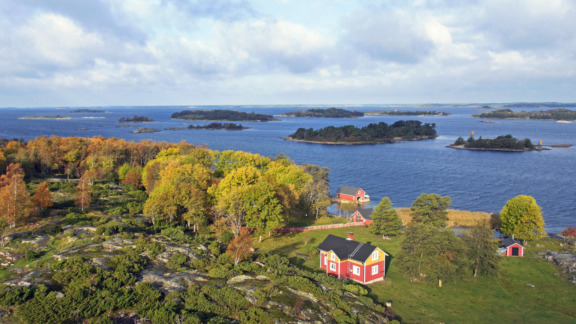BIODIVERSITY – THE FADING POWER OF THE BALTIC SEA
A colourful array of plants, algae, and animals live in the waters and along the shores of the Baltic Sea. This broad spectrum of different species is called biodiversity. Eutrophication, climate change, and various human pressures endanger biodiversity in the Baltic Sea. Protecting valuable underwater areas for biodiversity can safeguard species’ survival and enable the Baltic Sea’s future recovery.

Biodiversity increases the sea’s resilience
The more diverse a population is in species, the better those species will be at adapting to changing conditions. Biodiversity is akin to the sea’s immune system – it helps marine nature to adapt to all kinds of changes.
However, only a few species have adapted to living in the low-saline waters of the Baltic Sea. This makes the Baltic Sea’s ecosystem unique but also particularly sensitive and vulnerable. The disappearance of even a single species can have dramatic consequences.
Protecting biodiversity requires concrete action – both on land and at sea
Biodiversity in the Baltic Sea is being endangered by eutrophication and climate change, which alter living conditions in its waters. As these problems worsen, habitats of plants, animals, and algae become uninhabitable, while fast-growing filamentous algae deprive other species of their living space. This is when humans usually wake up to the decline in biodiversity and its visible changes.
Protecting the biodiversity of the Baltic Sea is one of BSAG’s most important objectives. We can help by establishing more marine conservation areas in areas of high natural value. We can also positively impact marine habitats by reducing discharges into the sea through regenerative agriculture and responsible shipping.
We can all help protect the Baltic Sea’s biodiversity through our actions. In an ecosystem, everything is connected. Baltic Sea conservation, mitigating climate change, and preventing biodiversity loss protect all life forms.

Loss of biodiversity makes the Baltic Sea’s ecosystems even more vulnerable to the effects of climate change.
Marine conservation areas are a refuge for biodiversity
Baltic Sea nature is being nurtured in conservation areas such as national parks. However, conservation is often based on above-the-surface values.
Although the protection of valuable underwater areas in the Baltic Sea is still in its infancy, the natural sites that are most valuable in terms of biodiversity are already well-recognised thanks to VELMU surveys. The EU’s target of protecting 30% of marine areas by 2030 is accelerating conservation efforts. All that remains is to ensure that protection is targeted in areas that are rich in diversity.
By protecting valuable underwater areas, we are ensuring the survival of the Baltic Sea’s characteristic species. If we can improve the condition of the sea, these species could begin to spread into other waters from these protected areas.

Private conservation areas safeguard marine biodiversity
The most valuable underwater areas for marine nature are located near the shoreline. As they are often privately owned, private conservation areas are also needed.
BSAG is involved in establishing the largest private conservation area in the Archipelago Sea around the island of Gullkrona. This area protects 4,800 hectares of underwater marine biodiversity. In the end, 22 fishing community members, including Metsähallitus, unanimously applied to establish the Gullkrona conservation area.
Biodiversity in the Archipelago Sea benefits from the Gullkrona conservation area. And it will be all the more important if this pilot leads to a rise in private conservation areas in the future..
CONTACT US

Anna Klemelä
Project Manager, Marine Biodiversity; Communications Specialist

